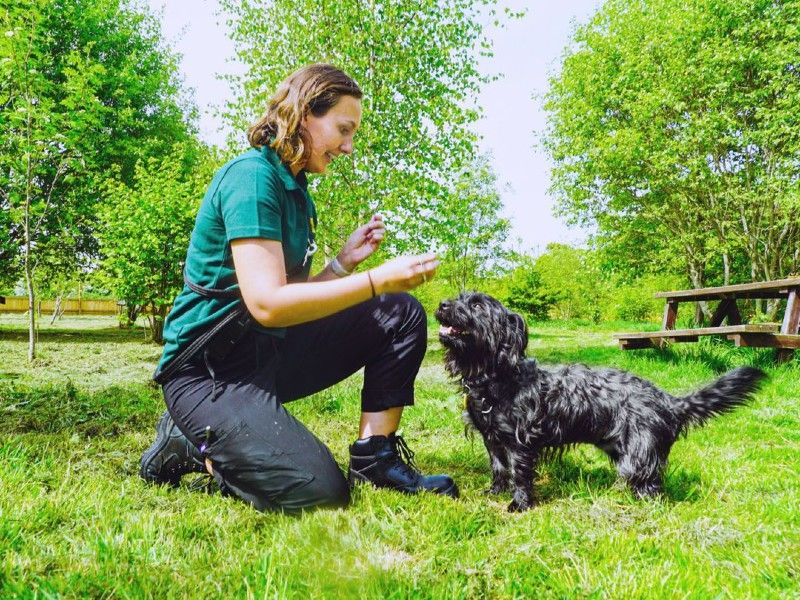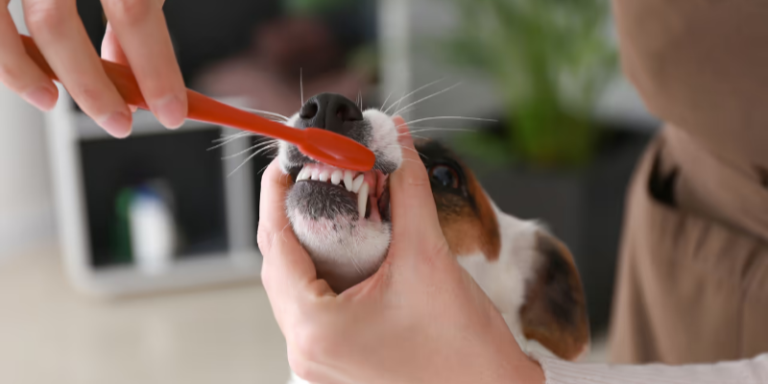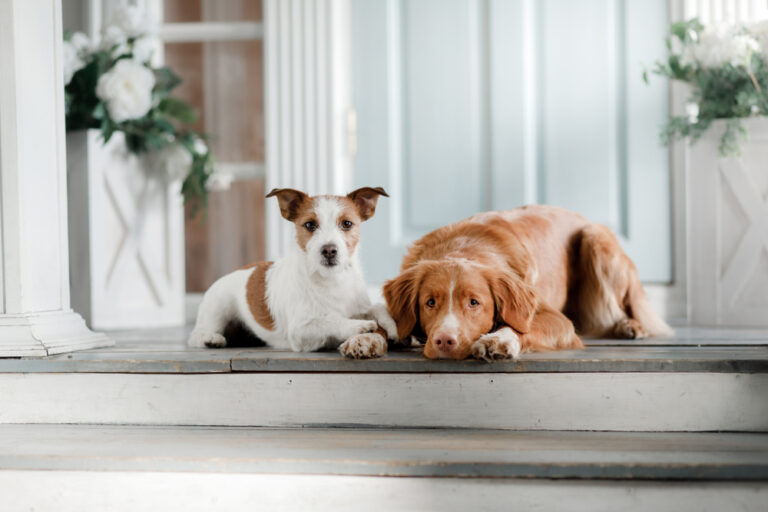Dog Training in London: The Ultimate Owner’s Guide
Introduction
Living in London with a dog brings unique challenges and rewards. In the city’s bustling atmosphere, well-trained dogs need more than just obedience skills—they need to be confident, resilient, and deeply connected to their owners. This guide covers essential training strategies, helping you raise a dog that navigates London’s vibrant environment with ease and assurance.
Part I: Foundations of Effective Urban Dog Training
Chapter 1: The Value of Training for City Dogs
City living exposes dogs to different stresses—noisy streets, bustling public spaces, and crowded public transport. Without proper training, dogs can become anxious or reactive. Training specific to London life is key to helping them feel secure.
Why training matters in an urban setting:
- Safety: From moving vehicles to cyclist paths, urban areas pose risks that dogs must learn to navigate calmly and confidently.
- Confidence: A confident dog is less likely to react in stressful situations, making everyday outings more enjoyable for you and your pet.
Chapter 2: Tackling Common City Training Challenges
Urban environments demand specific training to keep your dog comfortable and responsive. Here’s how to handle some common challenges:
- Noise Sensitivity: City sounds can overwhelm some dogs. Gradually expose your dog to these sounds and reinforce calm behavior with treats and praise.
- Leash Training: Distractions often lead to leash pulling. To curb this, stop whenever your dog pulls, only resuming the walk when they relax. This teaches them that calm walking is rewarded.
- Socializing in Busy Spaces: London’s parks and streets bring exposure to people and other animals. Start with quieter areas and introduce your dog to busy places slowly, building their comfort and focus on you.
Part II: Essential Dog Training Techniques for City Life
Chapter 3: Balanced Training for City Dogs
A balanced training approach uses rewards and gentle corrections to establish clear expectations. While praise and treats reinforce positive actions, corrections set boundaries, helping your dog understand limits.
Effective balanced training tips:
- Correcting Misbehavior: Use a calm correction to guide your dog back to appropriate behavior. For example, if they jump up, firmly block their space to communicate that this is unwanted.
- Precise Timing: Correct your dog immediately after unwanted behavior so they make the correct association.
- Consistency Matters: Inconsistent training causes confusion, so ensure everyone in your household enforces the same rules and boundaries.
Chapter 4: Mastering Urban Socialization
Socializing your dog to London’s busy environment involves thoughtful exposure and management.
Steps for effective urban socialization:
- Controlled Introductions: Start by visiting quiet parks and work up to busier areas, giving your dog a chance to build comfort gradually.
- Redirecting Negative Reactions: If your dog reacts poorly, calmly correct them and guide their attention back to you.
- Reinforcing Calm Behavior: Reward your dog when they handle new situations calmly. Over time, they’ll learn to approach new environments with relaxed confidence.
Part III: Advanced Strategies for Training in London
Chapter 5: Finding Professional Trainers in London
If you’re facing complex challenges, hiring a professional trainer may help. London has a range of qualified trainers who specialize in everything from obedience to behavioral issues.
Selecting the right trainer:
- Experience in Urban Training: Look for trainers with experience working with dogs in city environments, where unique triggers can influence behavior.
- Balanced Training Philosophy: Avoid trainers who focus solely on one technique. The best trainers integrate both rewards and corrections to create a well-rounded learning environment.
Click here for a list of reputable dog training London.
Chapter 6: Leveraging Online Video Training Resources
Supplementing in-person sessions with online videos can enhance your training experience. Watching video tutorials can help you see techniques in action, enabling you to practice with confidence.
Alternative Online Learning Sources:
- Interactive YouTube Channels: Many trainers create videos with step-by-step instructions. Look for channels that demonstrate balanced training methods and break down each technique so you can follow along at home. Watching videos on your phone while practicing can provide real-time guidance, helping you stay on track with each training exercise.
Conclusion
Training your dog in London is rewarding but requires patience and consistency. When you approach training with clear communication and confidence, your dog will trust and look to you for guidance. With the right training, you can raise a dog that’s not only well-behaved but also confident and ready to enjoy the city.For more detailed training tips specific to London’s unique environment, visit our website here.






